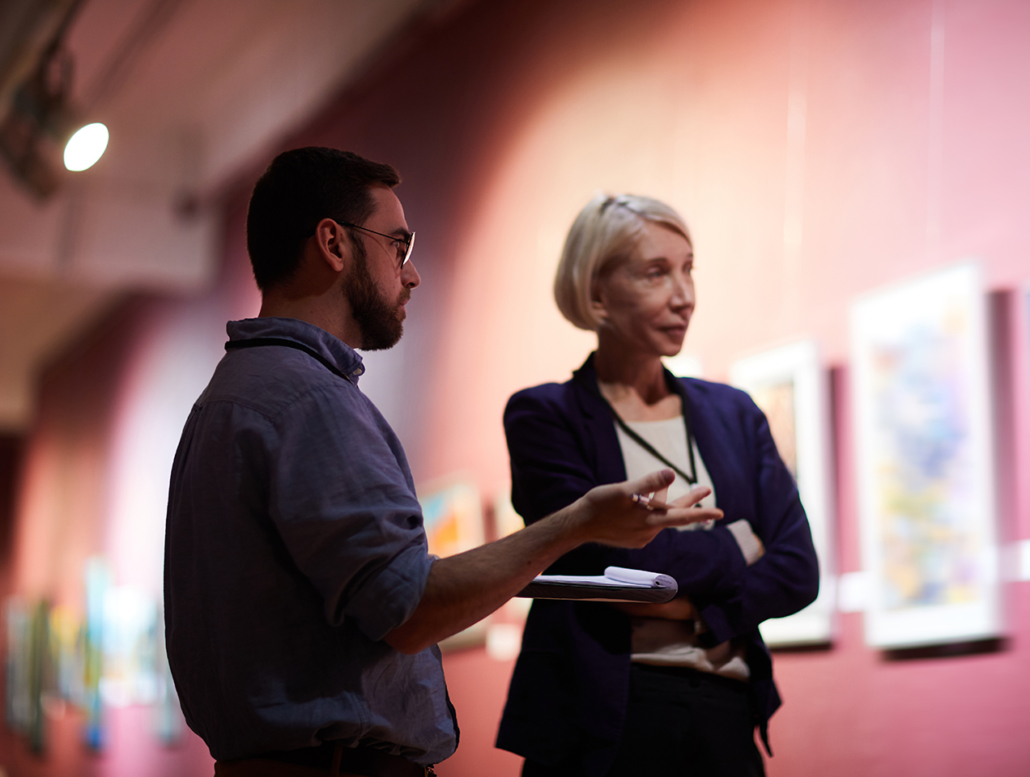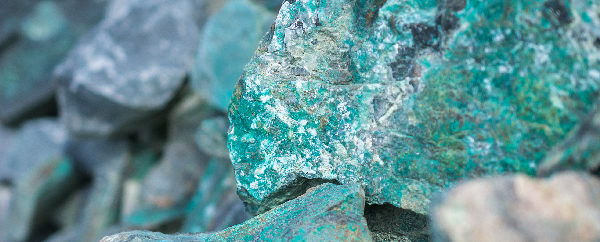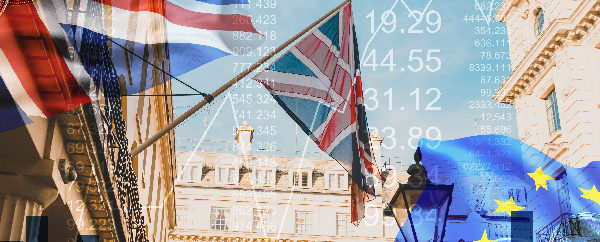Valuable artworks have been status symbols for generations, whether it’s a famous piece by a known artist, or a personal portrait to hang in your stately home.
Investing in art in the UK is a way to derive value from these status symbols as they grow in price – but how do you go about buying your first drawing, painting, sculpture or vase?
Ways to buy art
There are many ways to buy a physical piece of art, each with its own merits and drawbacks.
Some possible avenues to make a purchase include:
- Online: Easy to browse a huge selection from up and coming artists, but harder to get a true feel for how an artwork looks in person.
- Art Dealers: Will help you find something you like, but may be limited to specific artists (or just not very good at their job!).
- Art Galleries: A chance to see art up close and find something you like, but you’ll pay a price premium for the privilege.
- Graduate Exhibitions: Buy in early to a fledgling artist’s career, but easy to end up buying because you like the person and not the painting.
- Art Fairs: Similar to a gallery but can feel much less pressured. However, very short art fairs can encourage impulse buys or missed opportunities.
- Auction: A place to buy all kinds of art including the most valuable works, but incredibly high pressure in the moment of making a bid.
Buying art in physical form is a hugely subjective process, especially if you plan to hang it in your home.
While there’s nothing wrong with choosing a piece because you like how it looks, this is very different from buying something to sell later at a higher price, and it’s not always possible to conflate the two.
Ways to invest in art
If you don’t feel confident buying paintings, sculptures and so on, there are other ways to invest in art purely for profit’s sake.
Five years ago there were around 75 art investment funds in the world, and while that number has likely grown in the years since, it is still said to be well below 200.
Although that represents a relatively small number of options, it also means you are in a good position to compare art investment funds and decide on one you like the look of.
It’s unusual to find a market where you can viably consider every single option on its own merits – but art investment is just such a market.
Even within this relatively small field, there are funds with a firm focus, for example on contemporary art or on a particular region of the world.
Because they derive their value by buying and selling art, you could even argue that investing in a particular region directly supports local artists in that area.
Is it worth it?
Art is a subjective investment, but good fund managers know how to read fashions, tastes and trends in the market to ensure a good selling price for the art they buy.
In the year to April 2017, Deloitte reported gains of 10.5% in the impressionist art market and 7.45% in the contemporary art price index.
Overall the market appears to be relatively volatile, and is certainly not without risk, although other factors like a weakening exchange rate can help to predict rising interest in a particular country’s art by making it more affordable to international buyers.
By capitalising on these trends and on the subjective tastes of those who buy art for art’s sake, fund managers are able to push towards profitable resale values and deliver positive returns for their investors.
http://alternativeinvestmentcoach.com/art-investment-fund/
https://londonart.co.uk/sales/howtobuyart.asp
https://www2.deloitte.com/content/dam/Deloitte/at/Documents/finance/art-and-finance-report-2017.pdf
Disclaimer: The information provided here is not investment, tax or financial advice. You should consult with a licensed professional for advice concerning your specific situation.




